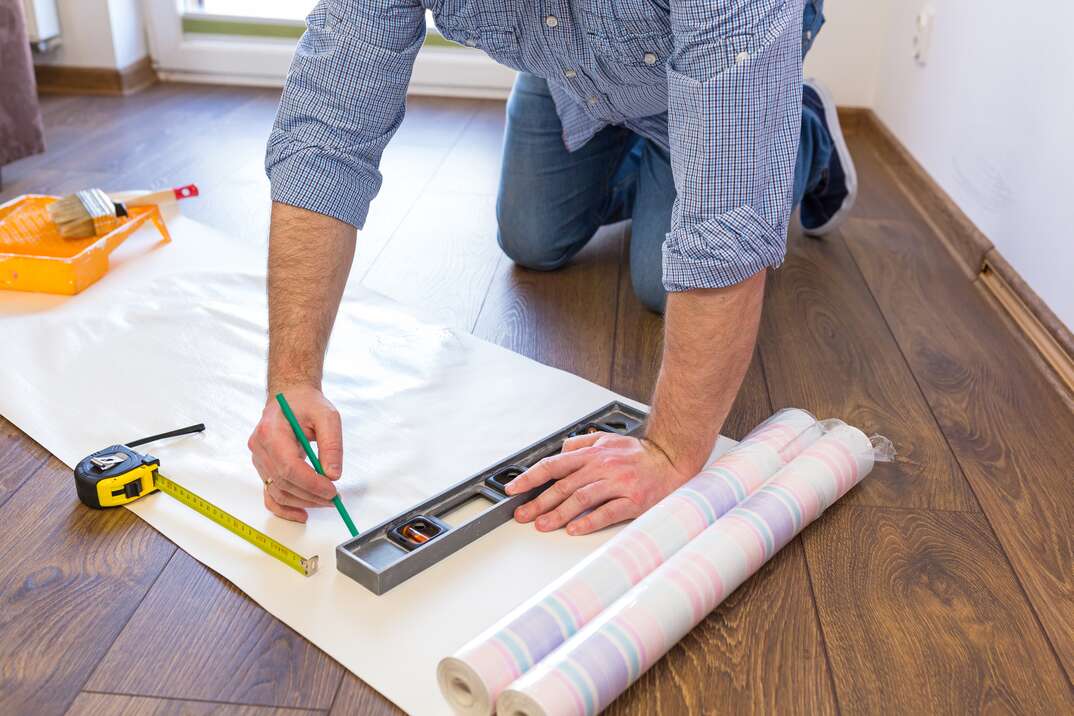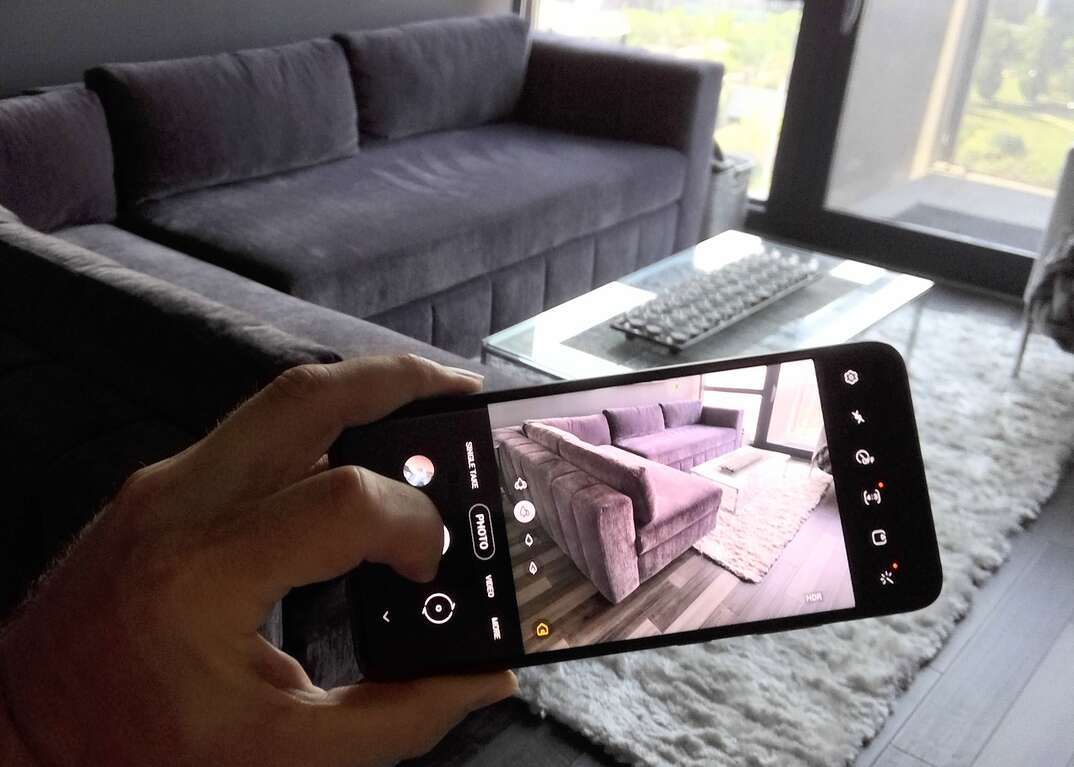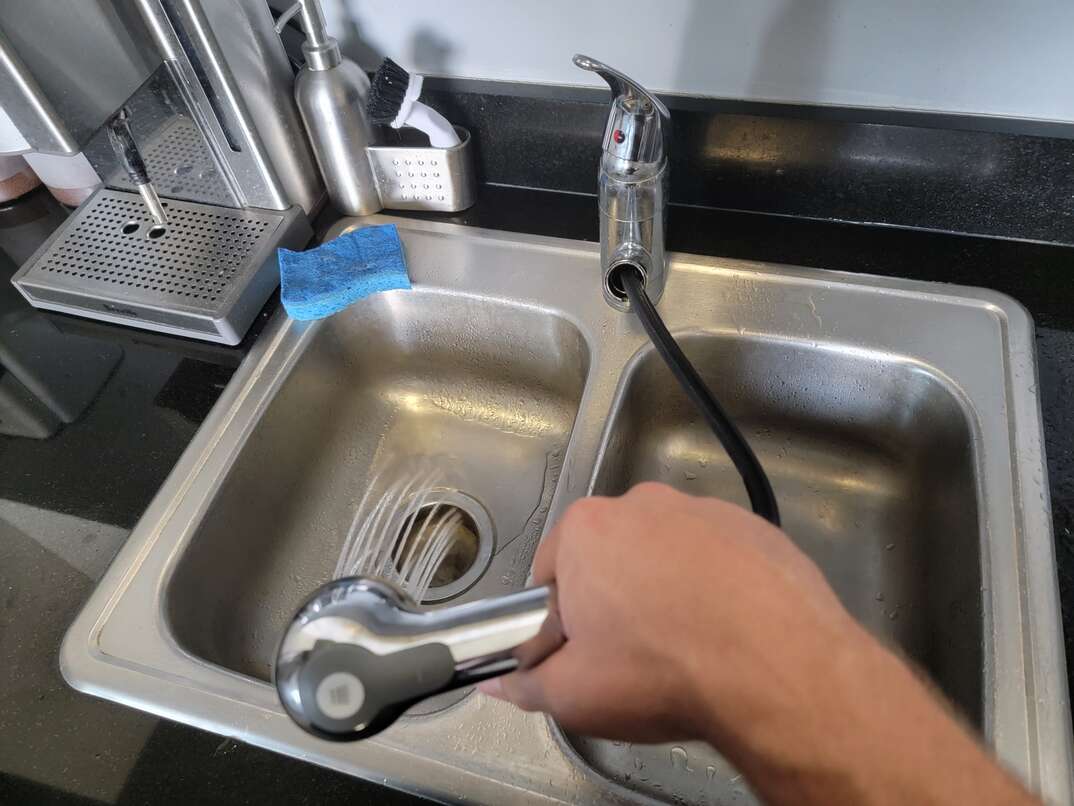How to Hang Wallpaper
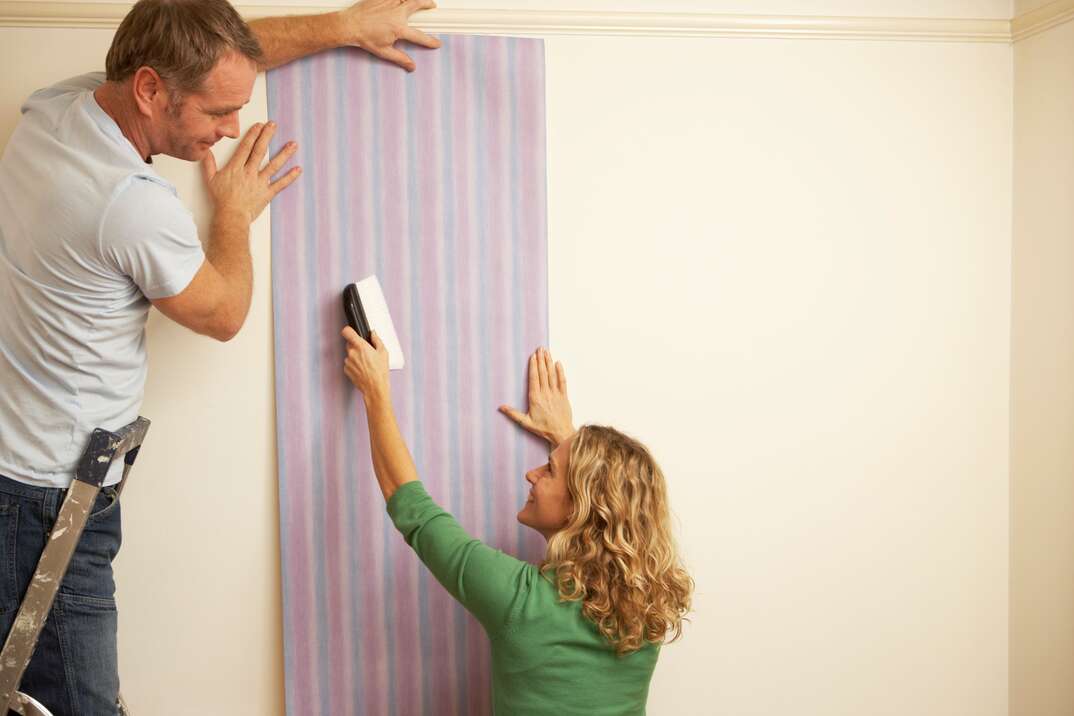
Installing Wallpaper at a Glance
- Tools and materials: Utility knife, paint roller, sponge, paintbrush, seam roller, pencil, level, tape measure, straightedge, scissors, scraper, smoother, rags
- Step 1: Prep walls
- Step 2: Prep wallpaper
- Step 3: Apply paste
- Step 4: Hang wallpaper
- Step 5: Smooth wallpaper
- Step 6: Clean paste residue
- Step 7: Flatten edges
- Step 8: Trim excess
Wallpaper installation may seem intimidating, but the effort you put into bringing your space to life will be well worth it. Part of what makes wallpaper so great as a decorative material is that there are so many options: zany prints, bold colors and traditional patterns. Best of all, you can get a great interior look without the mess and hassle of paint.
This May Also Interest You: How Much Does Wallpaper Cost?
Installing wallpaper can be a tedious task, but nothing the average DIYer can’t handle. Here’s our guide to hanging wallpaper.
Can I Put Up Wallpaper by Myself?
You can put up wallpaper on your own, though the process may be slow going. If you plan to make this a solo project, be patient and don't rush through the process; the outcome will be worth it.
Is It Difficult to Hang Wallpaper?
Wallpaper installation is not so much difficult as it is detailed. It requires a bit of know-how and tons of patience.
How Do I Know How Much Wallpaper I Need?
Before you begin the process of wallpaper installation, make sure you have enough material to cover your walls. To gauge the amount of wallpaper necessary for installation, measure your walls. You'll need to measure the height and width of each wall you want to cover. Multiply these figures to get the square footage of each wall. Add the square footage of each wall together to get the square footage of the entire room.
Once you have that number, add at least 10% to ensure you have enough for necessary adjustments or cover-ups. It's far better to have too much than not enough, especially if your chosen print is hard to find. Some hardware and big box stores will let you return unopened packages of wallpaper if you end up with way more than you need.
Things You’ll Need
While you may need other specialty items depending on wall type, room size and wallpaper choice, the basic installation materials include:
- Utility knife
- Paint roller
- Sponge
- Angled paintbrush
- Seam roller
- Pencil
- Level
- Tape measure
- Straightedge
- Scissors
- Scraper (both narrow and wide)
- Smoother (plastic is easier to use)
- Rags
How to Install New Wallpaper
Follow the guide below to install wallpaper. If you're wallpapering over drywall, make sure that it's fully installed and in good repair before you start.
1. Prep the Walls
Remove all the fixtures, plate coverings and decor from the walls. Fill any holes in the drywall and sand down any areas with noticeable bumps or imperfections. Wipe down the walls to ensure they're clean. Then, apply a primer product specifically for hanging wallpaper. This product helps the wallpaper stick and ensures it won't shrink as you get it in place.
2. ‘Book’ the Wallpaper
Create folds in the wallpaper so you have two-thirds of a panel to work with at a time. This is called "booking." Fold the paper in on itself, paste sides together. This gives the paste time to activate properly and allows the paper to soften.
The longer the pieces you cut, the easier it is to get them straight when you hang them. It's best to cut wallpaper into pieces all at one time and book them before hanging.
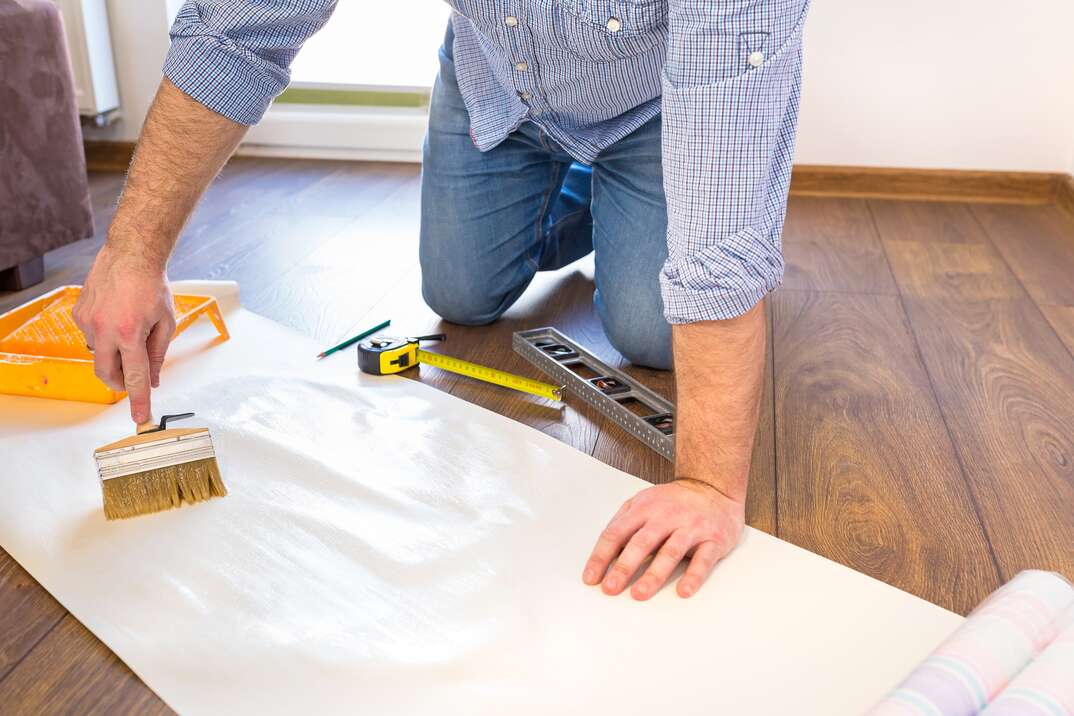
3. Apply Wallpaper Paste to the Walls
Next, use a paint roller to apply a thin layer of wallpaper paste. While you might be able to save a few bucks here and there for this project, you don't want to go with a budget roller. An inexpensive roller is more likely to leave annoying tufts on the paste, making smooth application harder.
Skip this step if you've opted for wallpaper with adhesive backing.
More Related Articles:
- What Is Wainscoting?
- Ensure Your Shiplap Walls Are Shipshape With This Step-by-Step Installation Guide
- How Much Does Drywall Cost?
- How to Finish Drywall: Taping, Mudding and Sanding
- How Much Do Professional Painters Charge?
4. Start in a Corner
Start at one of the inside corners, ensuring that there is a roughly 1/8-inch overlap onto the adjacent wall. Then, create a seam at each of the internal corners to keep the panel plumb during installation.
Using your first piece as the foundation, work away from it piece by piece as you move around the room. Don't pull at the paper. Take your time to match up patterns where two pieces fit together. The more complicated the pattern, the trickier this process may be.
5. Smooth as You Go
As you set the paper on the paste, use a smoother on every inch of it to get it on correctly. Avoid being too heavy-handed as this can cause the paste to squeeze out of the sides.
6. Clean Paste Residue
Use a sponge and warm water to wipe down each sheet to avoid paste buildup on the paper. While you can do this at the end, the paste is much easier to get off when it’s not fully set.
7. Roll the Seams
One of the most frustrating aspects of wallpaper installation is the curling edges. Use a seam roller to set them properly. Use a light touch.
8. Trim the Excess and Finish
As you put up each piece, leave a little extra paper at the top and bottom of the wall. Use a drywall knife to trim the wallpaper. Hold it close to the wall, but don't press hard enough to slice into the top layer of the drywall. You can also use a razor for this step, especially if the space for cutting is tight.
If you have any final areas that you need to fill in with extra strips, now is the time to do so. Avoid overlapping the paper. Instead, match the edges of the paper as tightly as possible.
Since we’re all home now more than ever, being prepared for unexpected home repairs with a plan from HomeServe is important. Having a plan in place gives you peace of mind knowing that you can simply call our 24/7 repair hotline for covered breakdowns. See what plans are available in your neighborhood.
